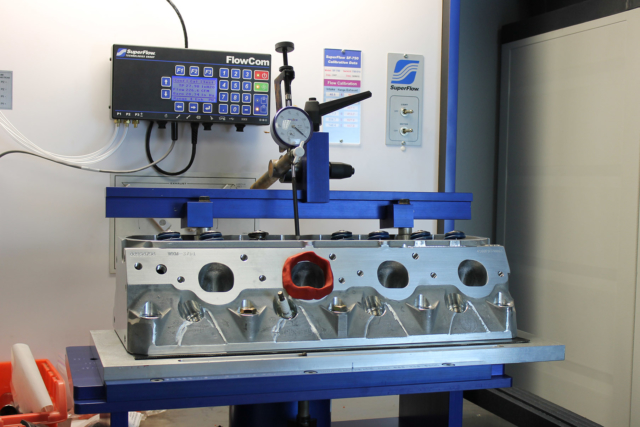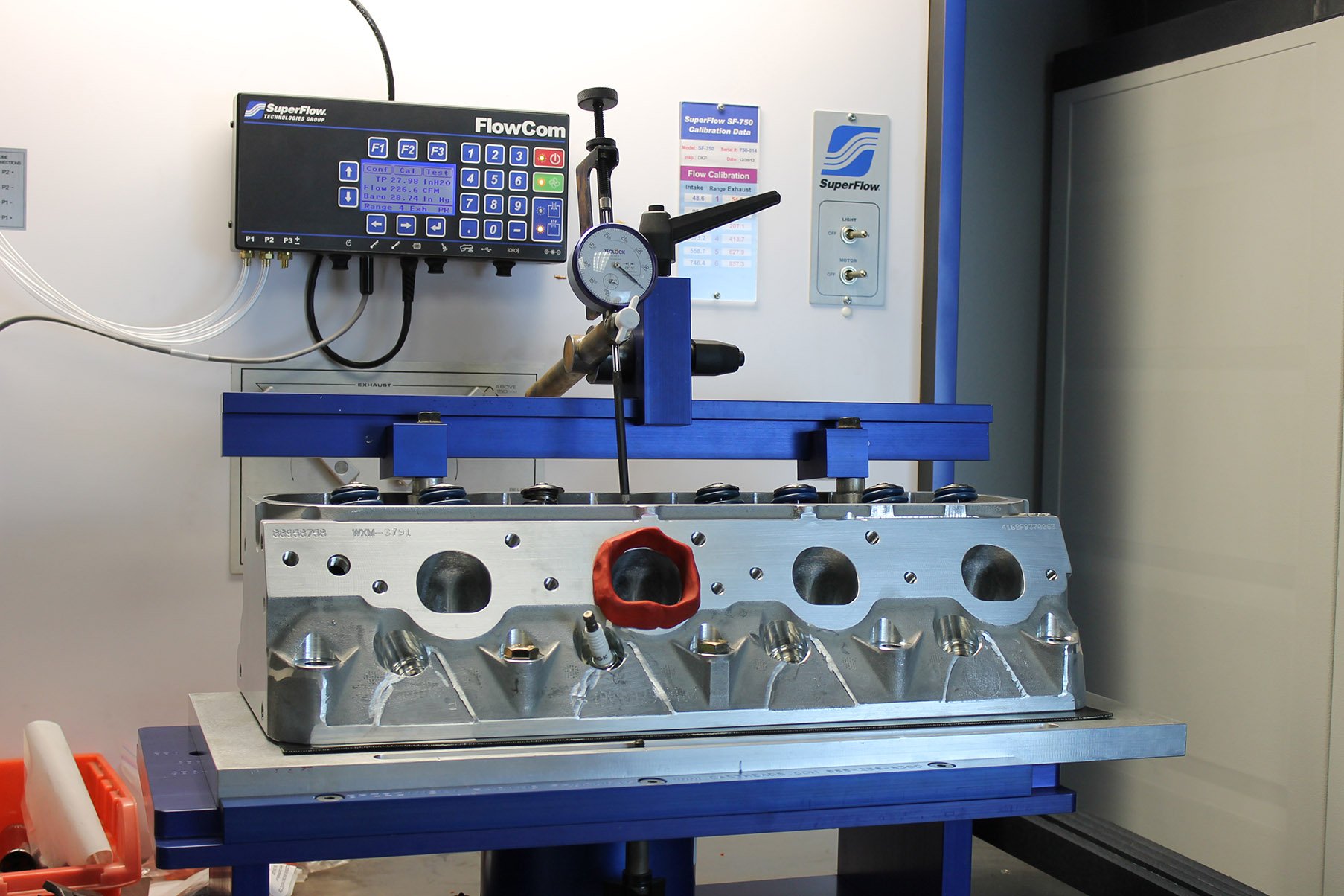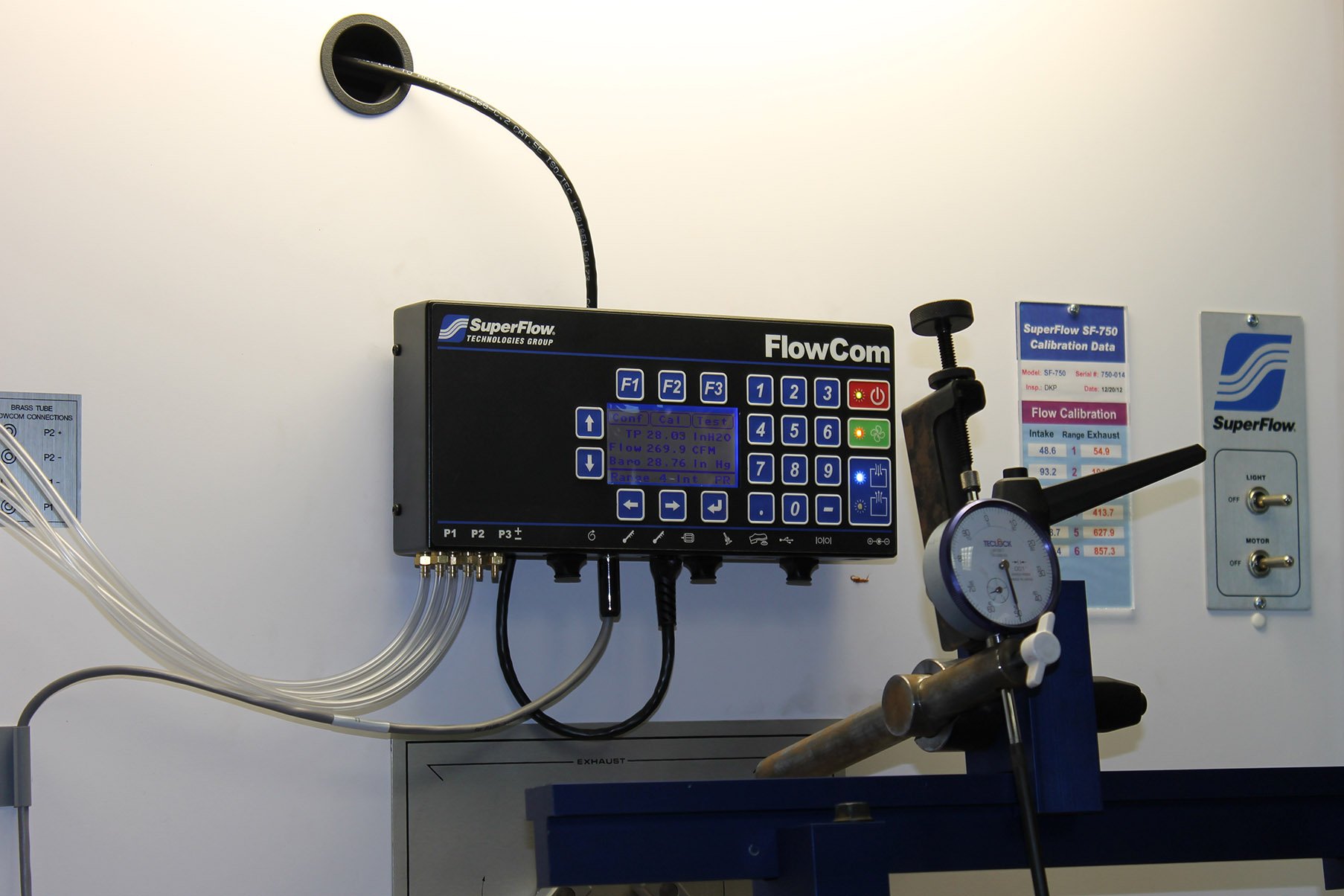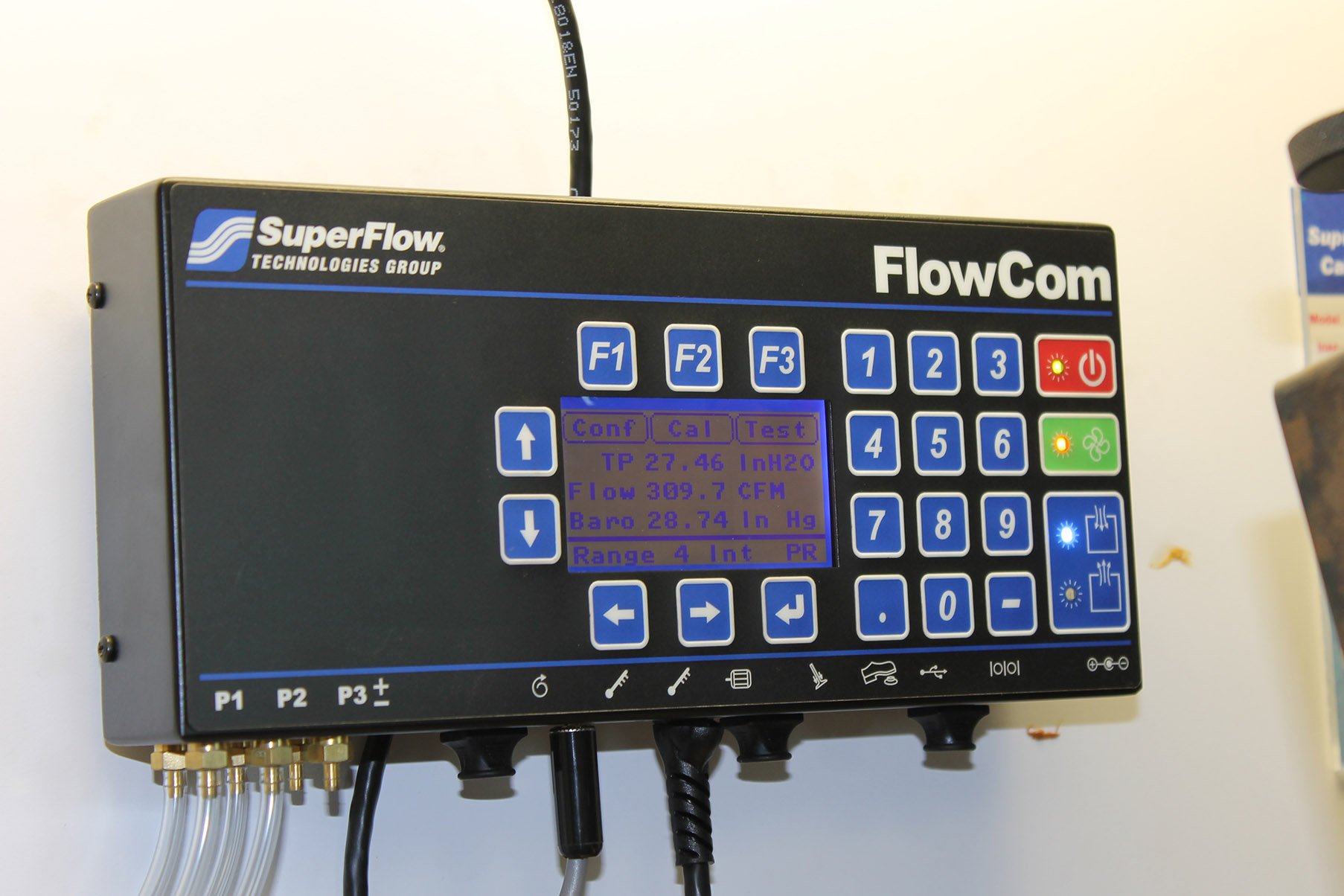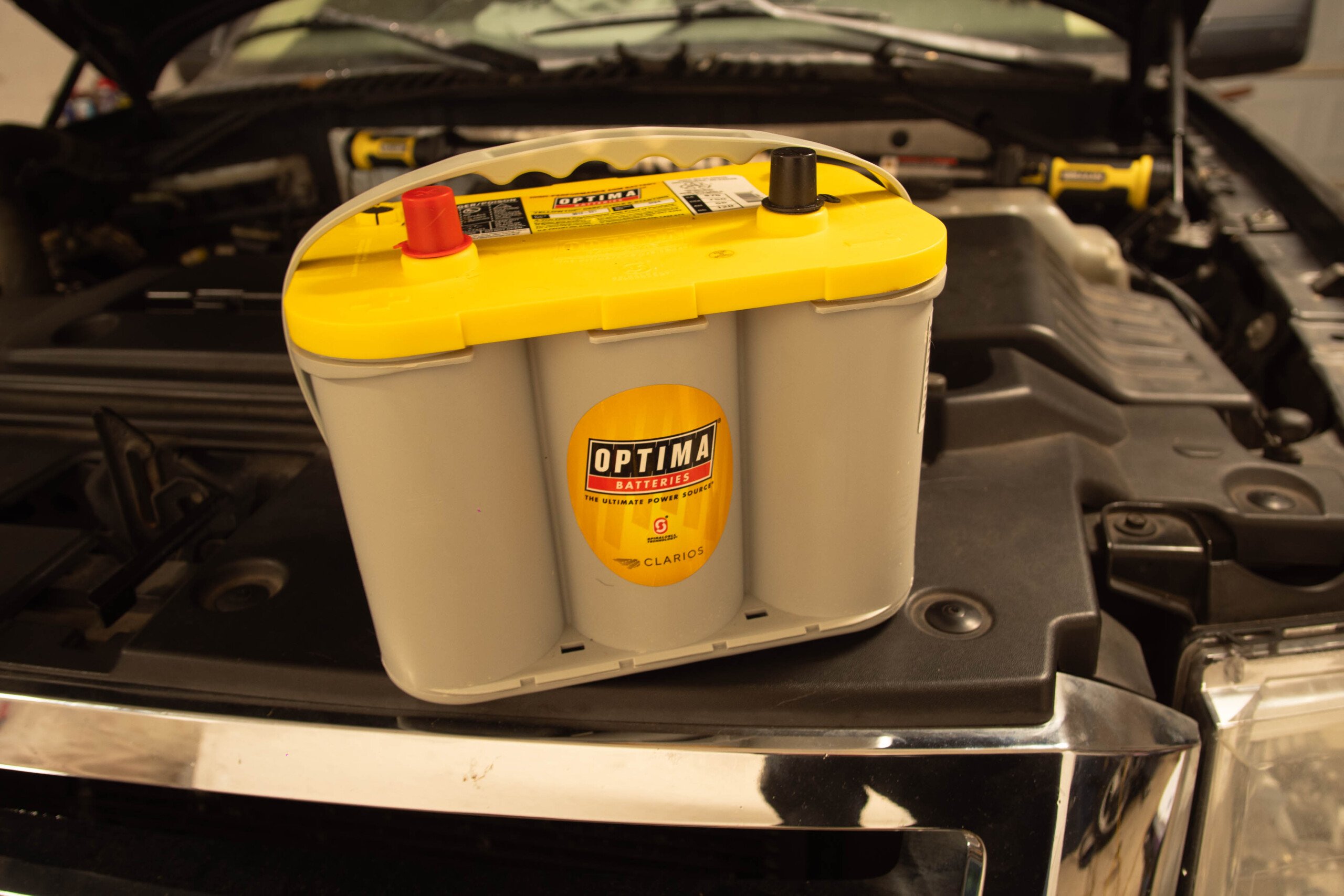One of the many virtues of the LS family of engines is the interchangeability of parts between them, allowing enthusiasts to mix and match components to tailor a build to their performance, durability and budgetary needs. Introduced with the 1997 Corvette (in the then-new fifth-generation), the LS motor has seen a number of iterations over the years, both in GM’s performance cars and within the full sized truck and SUV lineup. Production of this family of engines numbers into the millions, so sourcing a candidate to build power with is a fairly effortless task.
Over the years the power and efficiency of these engines improved, as technology often does, and the introduction of supercharged versions like the LS9 used in the C6 Corvette ZR1 and the LSA that motivated the 2009 CTS-V brought with them some factory-engineered components that could be retrofitted to LS series motors that didn’t originally come equipped with these components. One of the most notable pieces of hardware in this equation are the different cylinder heads associated with these high-horsepower factory motors.
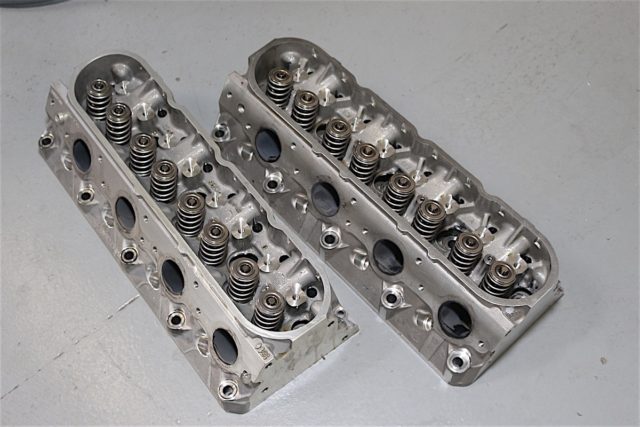
A look at the LS3 cylinder heads (left), and the LS9 heads (right). Note the additional webbing in the casting structure of the LS9 heads, which helps to bolster the heads’ durability under the increased stresses of the supercharged application they were designed for.
That aforementioned interchangeability means that budget builds can benefit greatly from these newer heads, but with costs to consider, it can be tough to zero in on which head provides the biggest benefit per dollar for a particular build. Here we’ll take a look at three different cylinder head options – unported LS3, unported LS9, and CNC-ported LS9 heads – to get a better idea of the effect each has on a typical performance street car engine build. To get a bit of insight about the engineering behind these different options we spoke to the folks at Chevrolet Performance, and then strapped each head down to our in-house SuperFlow SF-750 flow bench.
Unported LS3 Cylinder Heads
Introduced in 2008 as the new standard powerplant in the Corvette, the LS3 engine has become a staple in modern domestic high performance. The factory-built motor dished out about 430 horsepower right out of the gate, and the cylinder heads play no small role in that impressive output.
The LS3 heads hit the flow bench.
The LS3’s 319-T5 aluminum alloy cylinder heads use 2.165 in (55.0 mm) intake valves, 1.59 in (40 mm) exhaust valves, and a 15 degree valve angle.
Their impressive airflow characteristics makes them a solid choice for a mild performance build right out of the box, but for those who’re looking to really maximize their motor’s potential, there are other options also worth considering.
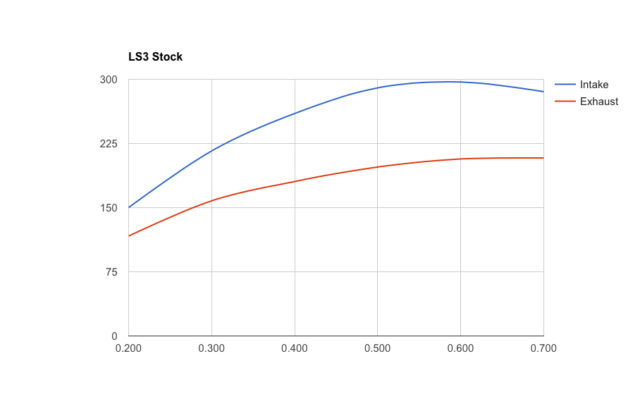
The LS3 heads topped out at 296.9cfm at .600-in. lift on the intake side, and 208cfm at .700-in. lift on the exhaust.
Unported LS9 Cylinder Heads
The introduction of the C6 Corvette ZR1 brought with it the 638 horsepower, 6.2-liter supercharged LS9 V8. While Chevrolet wanted to provide the ZR1 with some serious grunt, they also had to ensure that the engine would be able to provide the durability and reliability that customers would expect from a factory-produced road car.
While the LS3 heads are admirable performers in their own right, the LS9 offers a number of improvements both in terms of airflow and durability, making these heads a great choice for forced induction builds.
To that end, GM’s engineers designed the head – which uses 2.16-inch intake valves and 1.59-inch exhaust values – with a stronger casting, a thicker deck surface to minimize distortion, and reinforced webbing to further bolster overall strength. “The LS9 uses a titanium intake valve and a hollow/sodium filled exhaust valve, whereas the LS3 uses a hollow steel intake valve and solid exhaust valve,” Rocko Parker, Design Engineer responsible for LSX, LS and LT V8 engine performance parts at Chevrolet Performance reiterated.
“The LS3 also uses conventional casting process and material, while the LS9 utilizes a stronger material and uses rotational casting process to increase the material density at the cylinder deck surface, and the valves used in the LS9 are lighter than those used with the LS3 head.”
That additional reinforcement makes the LS9 a solid choice for high horsepower naturally aspirated motors and forced induction builds alike. Negligible difference in price between these heads and their LS3 counterparts makes them a compelling alternative for those who’re willing to shell out the additional cash.
But Chevrolet Performance also offers a CNC ported version of these heads as well, which can improve flow characteristics above and beyond the unported LS9 head. But is it worth the additional expense? Only one way to find out.
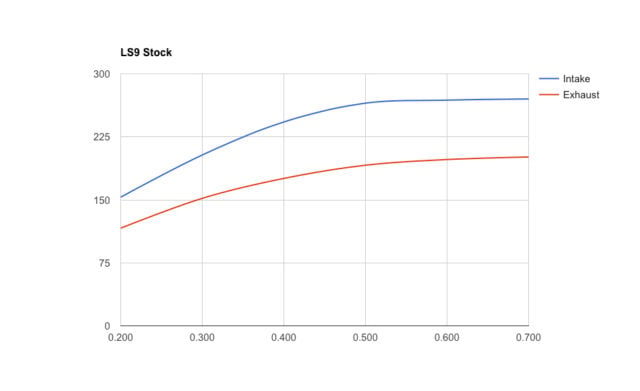
Surprisingly, the LS9 heads stopped flowing at 270.1cfm at .650-in. lift on the intake and 201cfm at .700-in. on the exhaust. Perhaps this has to do with the unique “swirl wing.”
CNC-Ported LS9
Applying this CNC treatment to cylinder heads properly isn’t a case of simply smoothing out the ports and moving on to the next project. “Our cylinder head department uses years of knowledge and hand ports many configurations and then performs flow testing to determine which version performs the best,” explains Parker.
“It is a balance between keeping the port volume change small while increasing overall flow. In our case we use the ‘as cast’ head and perform the 5-axis CNC port, then they are assembled similarly to the ‘as cast’ head.”
The CNC-ported LS9 heads blend the engineered strength of the LS9 cylinder head design, which is constructed with A356T6 aluminum alloy, with the airflow enhancements provided by GM's extensive testing. The result is a ten percent improvement over the unported LS9 head.
And while concerns about durability are logical – porting does remove some material, after all – Parker says the ported heads go through the same rigorous testing as the unported heads do. “The CNC head has passed all of our durability testing. Ultimately there is relatively small amount of material removed – just enough to smooth out the flow path – so overall strength is not changed.”
So if you’re on the fence about which heads to choose for your next LS build, you have several worthy options and the good news is that you can decide largely based on your build budget. If you have the means, the ported LS9 heads clearly provide the biggest performance benefits, and provide some future proofing for a relatively mild build should one choose to add forced induction later. Either way, the folks at Chevrolet Performance can help point you in the right direction.
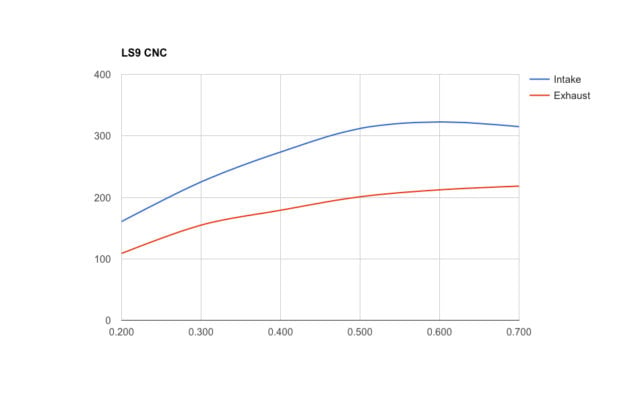
The CNC LS9 heads do away with the “swirl wing” and surpass even a CNC LS3 head with 322.7cfm at .600-in. lift on the intake and 218.2cfm at .700-in. lift on the exhaust.



